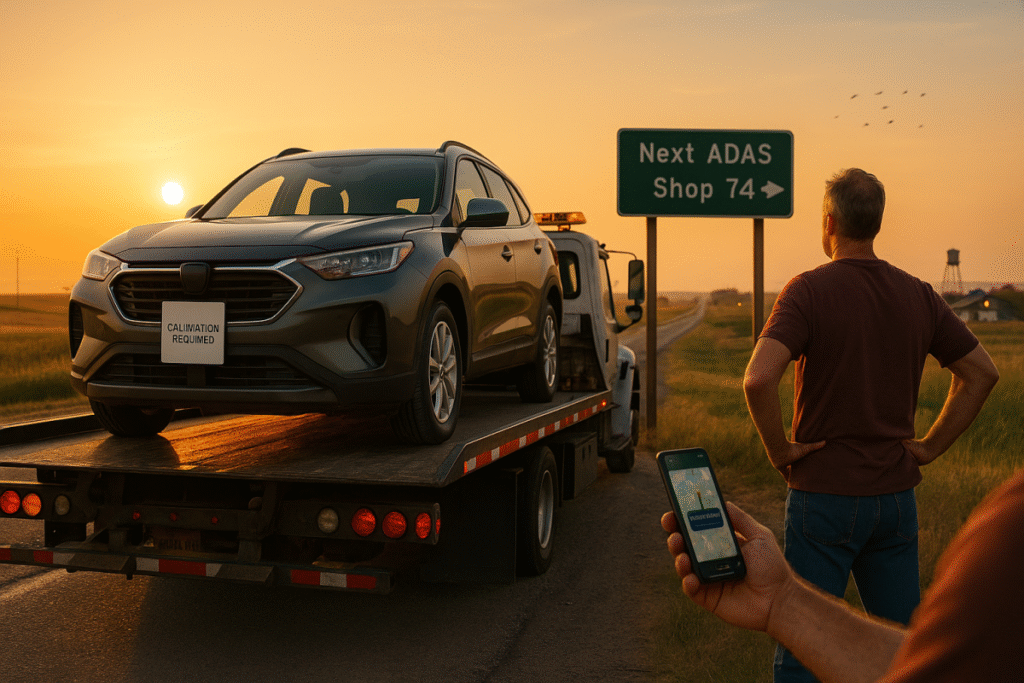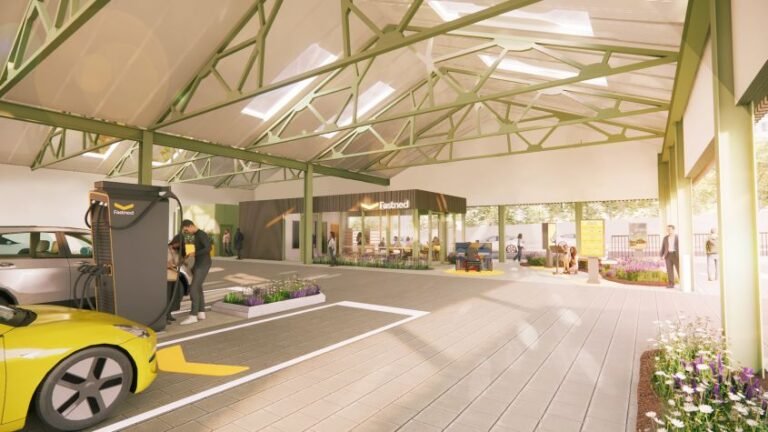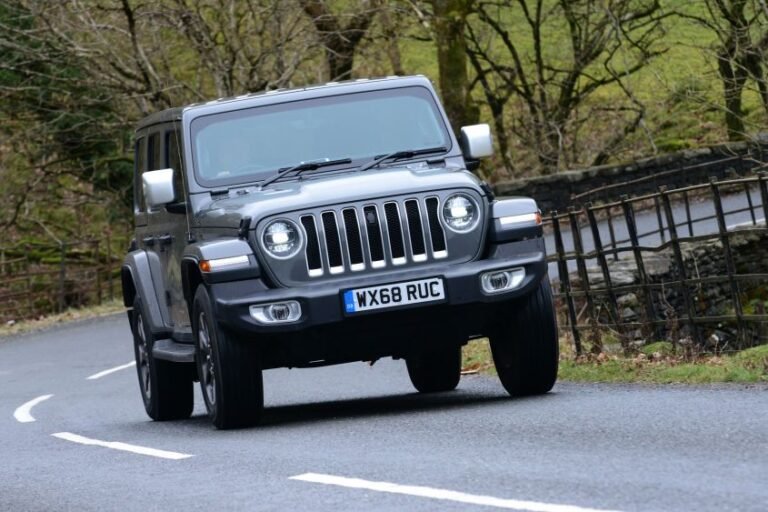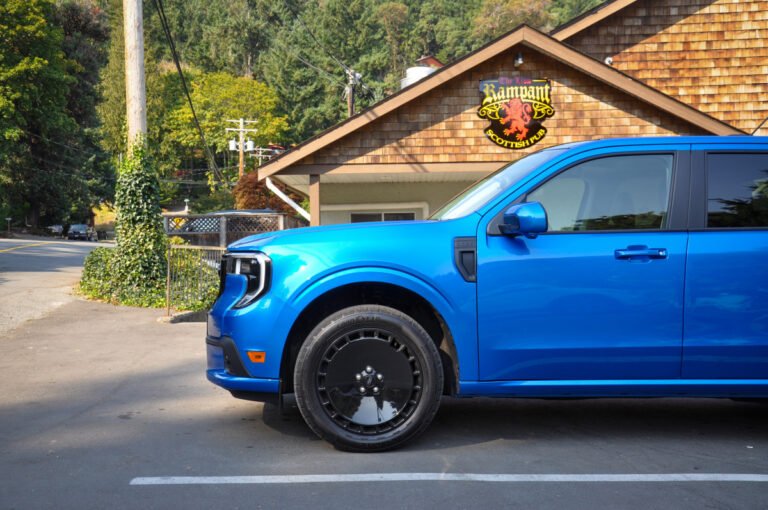
America ran out of wrench-turners just as cars became rolling computers. That collision—technician shortage meets sensor-packed vehicles—means full calendars, “we don’t do calibrations here,” and repair bills that climb even when the hit was minor. The 2025 story is simple and brutal and not getting any better: owners wait longer, pay more, and chase the few shops that can handle camera and radar calibration after glass, bumper, or suspension work.
What Changed in 2025
Dealer service stays well-rated, but appointment delays persist, with wait times among the longest seen since the late 2010s. Electric and hybrid owners feel the pinch most because qualified high-voltage techs remain scarce and procedures take longer. On the collision side, diagnostic scans show up on nearly every repairable estimate, and calibrations appear on roughly one-third of direct-repair (DRP) estimates this year—up sharply from 2024. More calibrations equal more time on specialized targets, more floor space, more labor. That’s how a “simple” windshield turns into a multi-hour job.
Why Your Repair Bill Keeps Climbing
Repair invoices didn’t cool off. Industry data show the average total cost of repair nudged higher again in the first half of 2025 after finishing 2024 above $4,700. Labor rates keep stepping up, and the “miscellaneous” lines—diagnostics, programming, and ADAS (Advanced Driver Assistance Systems) calibration—carry a bigger share of the ticket. The U.S. Consumer Price Index category for motor vehicle maintenance and repair sits about 8.5% higher year over year as of August 2025. That’s the average; tech-heavy trims and premium badges climb faster.

Where Qualified Shops Are Hardest to Find
Repair deserts show up first in rural counties and exurbs. If the only ADAS-capable or high-voltage-certified shop is booked, owners face a long tow or a long wait. Trims with dense sensor suites—360-degree cameras, radar in the bumper, night-vision modules—pile on calibration time after minor hits or alignment work. Hybrids often trigger higher calibration rates than the industry average, and battery-electric models add isolation checks that many independents are still staffing up to perform.
How to Beat the Queue
Call before you book and ask two plain questions: “Do you perform ADAS calibrations in-house?” and “Do you service high-voltage systems?” If either answer is no, plan for a second trip or pick a different facility. For collision claims, ask your insurer for a network shop known for short cycle times on ADAS-equipped vehicles. When shopping for your next car, add ADAS calibration cost and auto repair wait times to your ownership math alongside insurance, tires, and fuel. Convenience matters.
The Bottom Line
The cheapest repair is the one you can get near home, on schedule, by a tech who actually knows your system.



